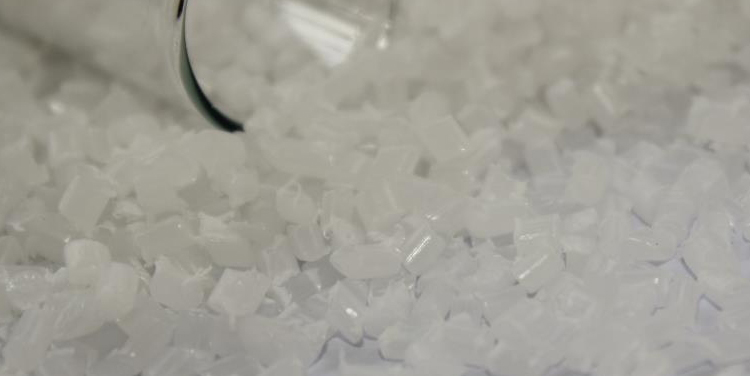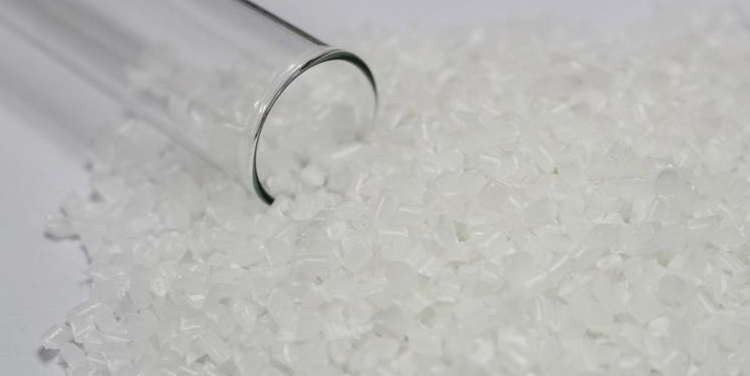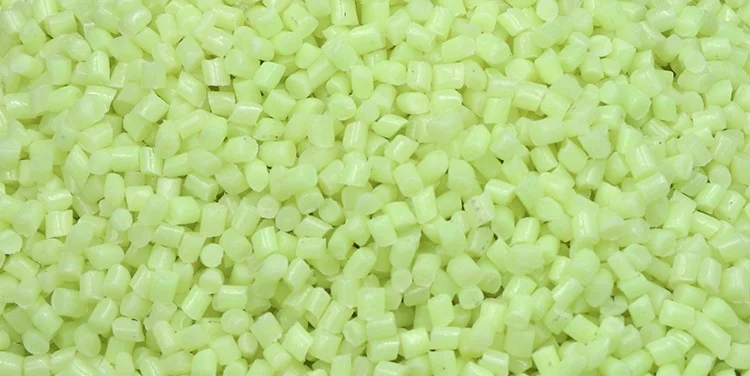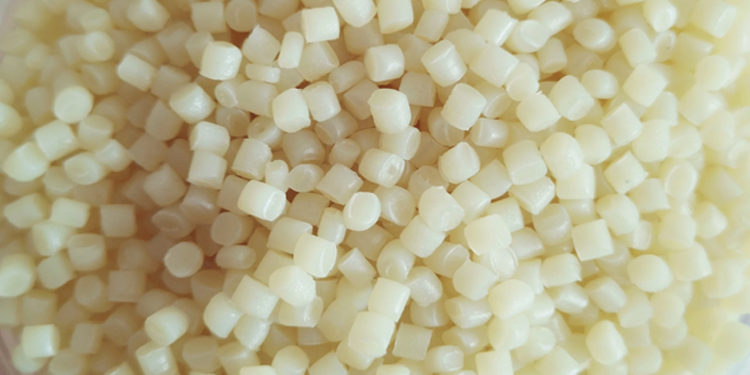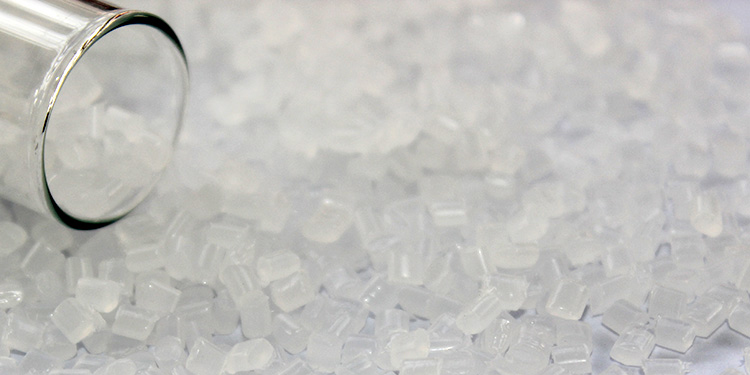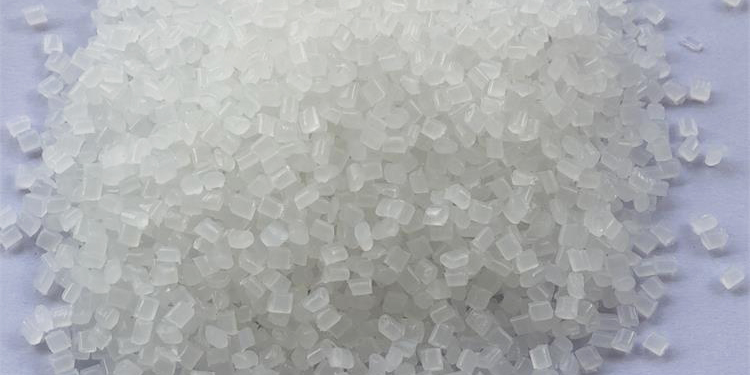Enhancing Plastic Properties through Additive Masterbatch
An instrumental component within this industry, additive masterbatch has revolutionized the augmentation of plastic product attributes and functionalities.
Table of Contents
Additive masterbatch can be defined as a concentrated blend comprising additives and carrier resin incorporated into the base plastic material during the production process. These additives are specifically formulated to enhance diverse aspects of plastic products, encompassing durability, aesthetics, and functionality.
UV Stabilisers: These additives shield plastic items from UV radiation, preventing degradation, discoloration, and loss of mechanical properties. They find common usage in outdoor applications like automotive components and outdoor furniture.
Antioxidants: Acting as safeguards, antioxidant additives shield plastics from oxidative degradation due to heat and oxygen exposure, thereby prolonging the product’s lifespan and preserving its appearance.
Anti-static Agents: These additives mitigate the accumulation of static electricity on the surface of plastic goods, averting dust and dirt buildup. Widely employed in electronics and packaging applications.
Anti-fog Additives: Primarily used in packaging materials, these additives forestall fogging or condensation, ensuring transparent visibility of the packaged contents.
Slip Agents: Slip additives enhance the slip characteristics of plastic items, facilitating easier handling and reducing friction. Commonly applied in packaging and film applications.
Additive masterbatches operate by uniformly dispersing the additives throughout the plastic matrix. The carrier resin in the masterbatch serves as a vehicle for even distribution, guaranteeing the consistent integration of additives into the final product. This uniform dispersion is crucial for the effective performance of the additive.
The applications of additives for masterbatch suppliers are extensive and varied, addressing a multitude of performance and aesthetic requirements in the plastics industry:
Packaging: UV stabilisers and anti-fog additives enhance the robustness and appearance of plastic packaging materials.
Electronics: Anti-static agent additives play a pivotal role in shielding electronic components and mitigating the risk of fire.
Agriculture: UV stabilisers are employed in agricultural films to prolong the lifespan of greenhouse coverings and mulch films.
Medical Devices: Additives contribute to enhancing the performance and longevity of plastic medical devices while maintaining biocompatibility.
Advantages of Utilizing Additive Masterbatch:
Enhanced Product Performance: Additive masterbatch elevates the durability, safety, and overall performance of plastic products.
Cost Efficiency: The use of masterbatch often proves more economical than individually incorporating additives into the production process.
Consistency: Ensuring a uniform dispersion of additives is simplified with masterbatch, ensuring consistent product quality.
Tailored Solutions: Additive masterbatch can be tailored to meet specific performance requirements, providing customized solutions to manufacturers.
Compatibility: Ensuring compatibility with the base polymer and manufacturing process can be demanding, as not all additives exhibit harmonious interactions.
Quality Control: Achieving consistent outcomes necessitates meticulous control of the masterbatch formulation and manufacturing process.
Environmental Considerations: Environmental concerns related to additive use are gaining prominence in plastic production.
The future outlook for additive masterbatch appears promising, with ongoing research focused on developing more sustainable and eco-friendly options. Innovations in additive masterbatch technology will continue propelling enhancements in the performance and sustainability of plastic products.
In its role as a masterbatch manufacturer, additive masterbatch assumes a crucial position in elevating the performance and aesthetics of plastic products. Its versatility in addressing specific needs, ranging from UV protection to flame resistance, positions it as a valuable asset in the plastic manufacturing process. As the industry evolves and consumer demand for sustainable solutions grows, the future of additive masterbatch holds great promise, with anticipated innovations and advancements in the realm of plastics.
Tags
More Blogs
Learn more knowledge and trends in masterbatch industry from our blog.
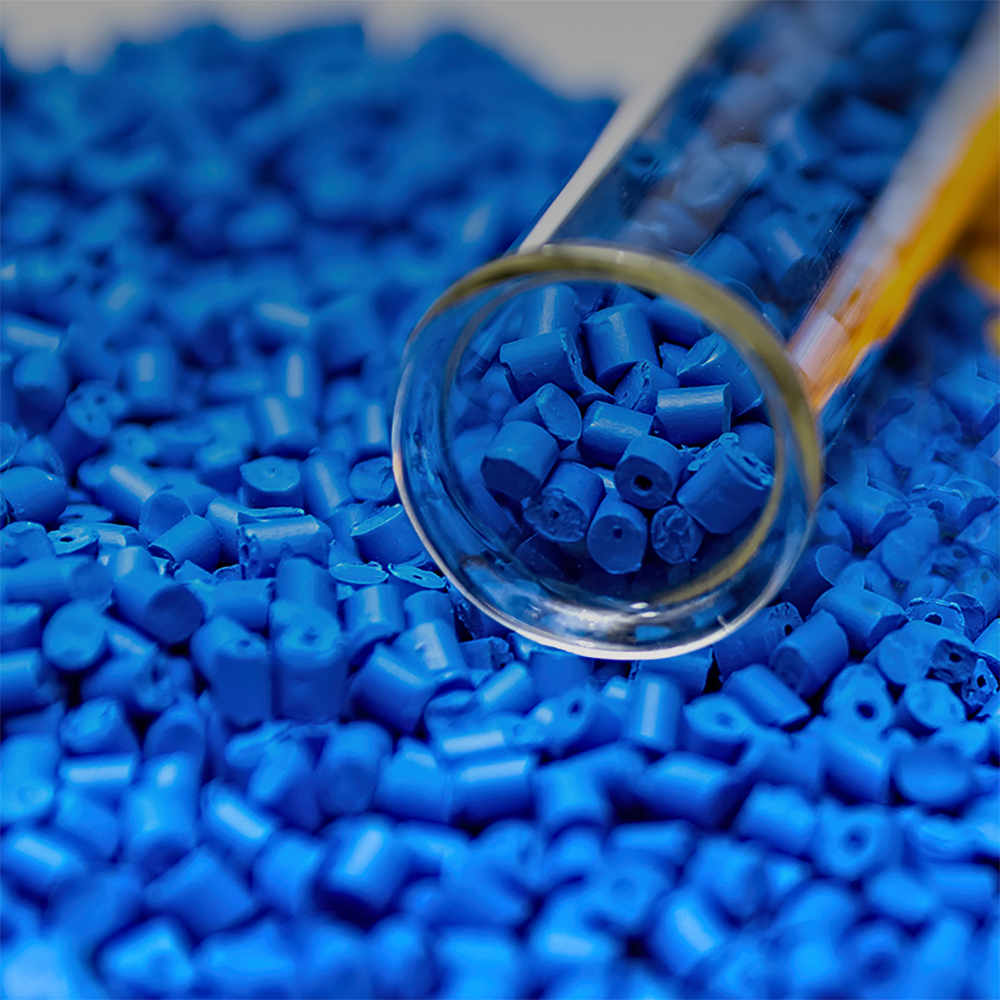
Optimal Solutions for Your Color Masterbatch Needs: A Comprehensive Guide to Choosing Suppliers
In the realm of manufacturing, achieving vibrant and consistent colors in plastic-based products is paramount, and the role of color masterbatch is central to this process.

Enhancing PET Bottle Aesthetics with Matte and Frosted Masterbatch Solutions
Revolutionizing the realm of PET packaging, Frost Effect masterbatches elevate clear resins and PET materials during stretch blow molding and thermoforming.
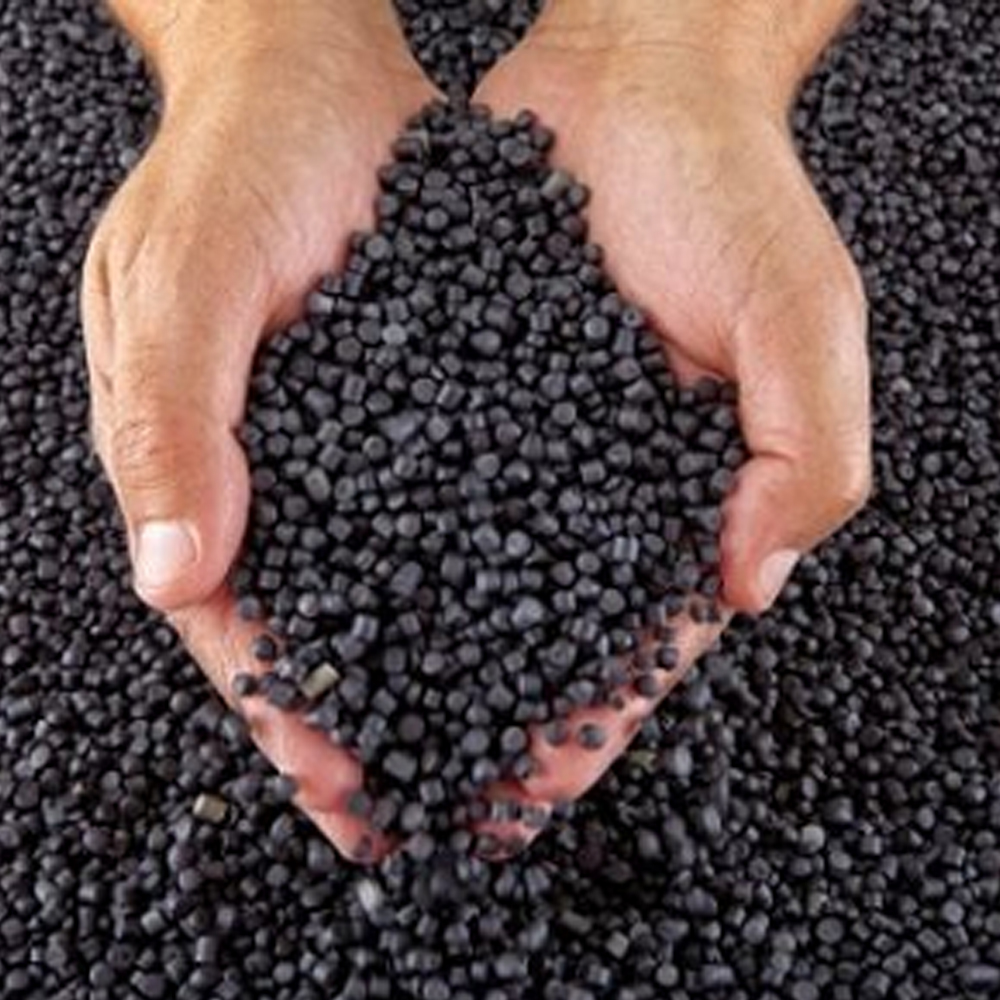
Exploring the World of Black Masterbatch and Its Advantages
Black masterbatch, a high-carbon black concentration additive ranging from 15% to 50%, takes center stage in this industry-focused blog. We’ll delve into its role in imparting black color to a diverse array of everyday items and uncover the benefits it offers.

